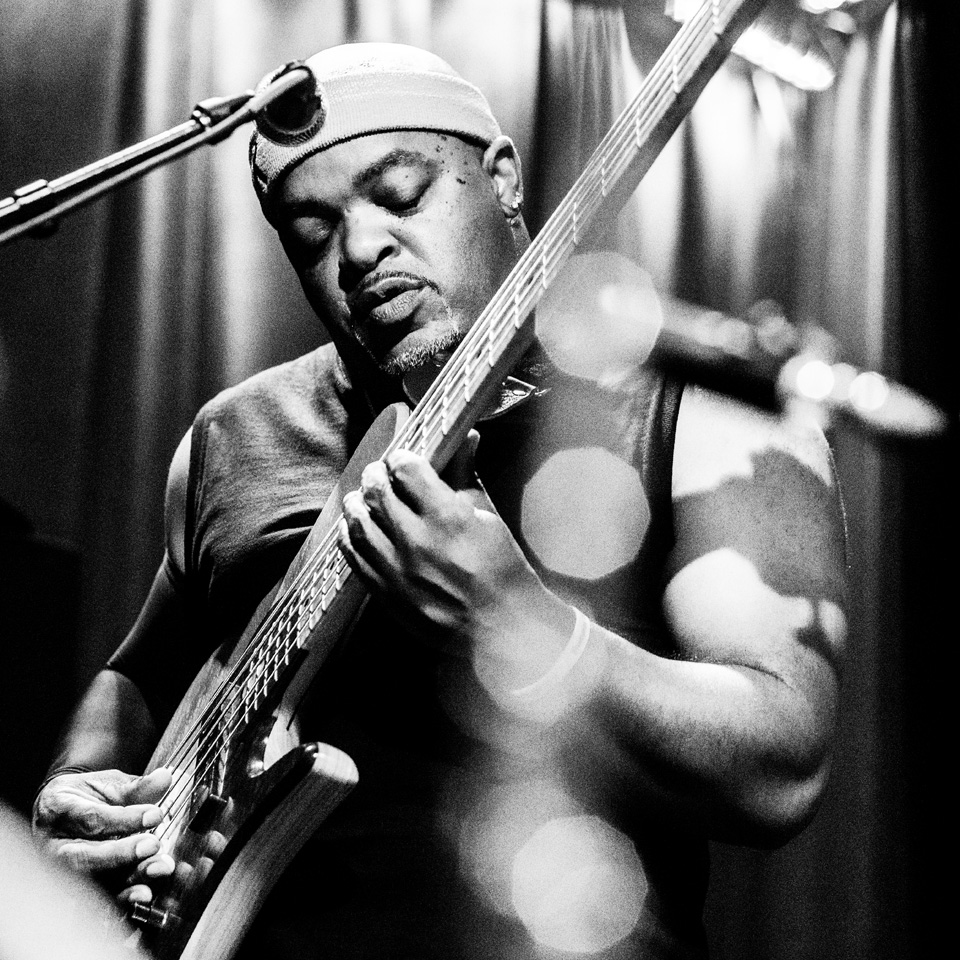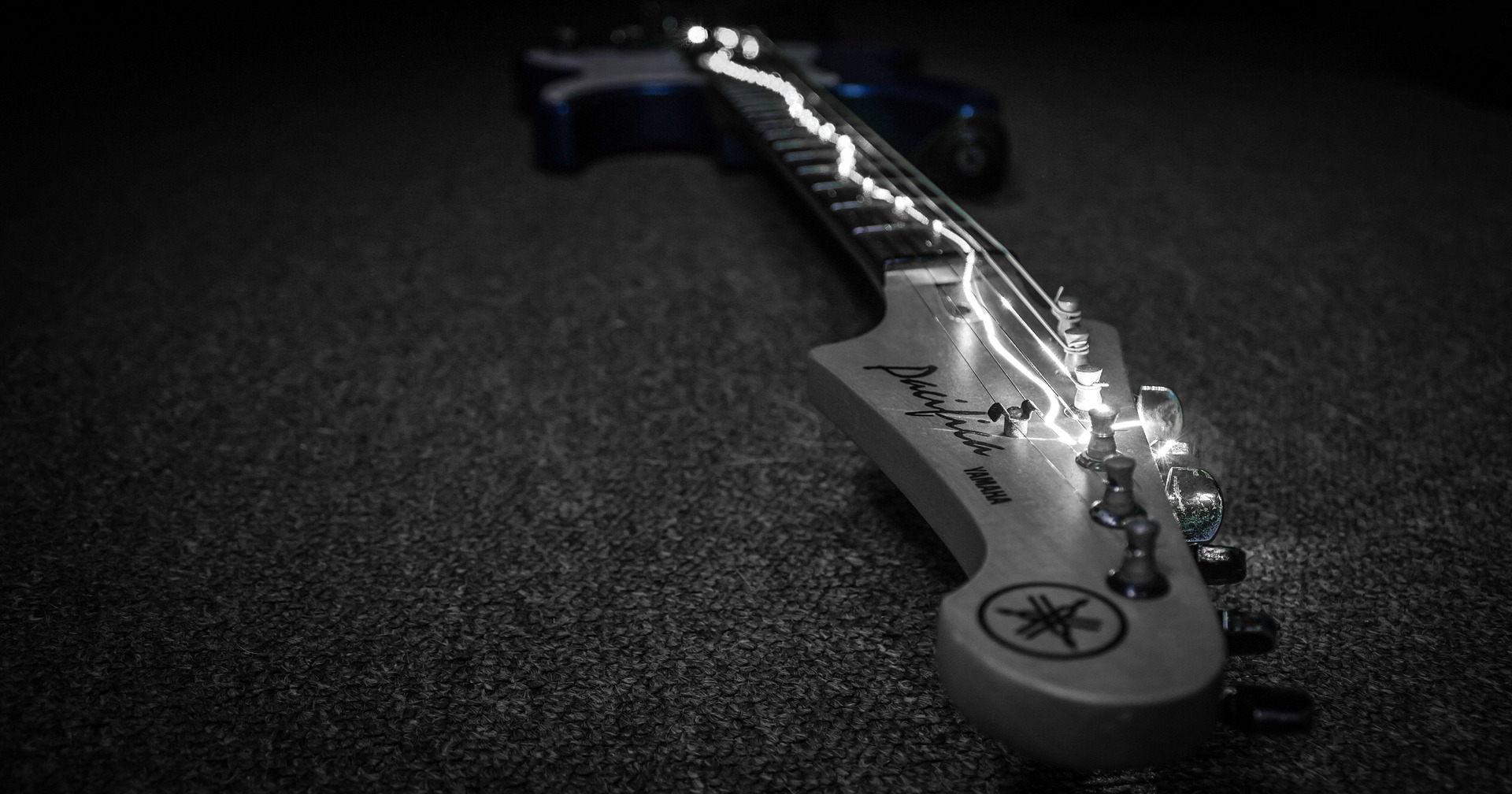Guitarists often get stuck in a rut during the (endless) process of learning this amazing instrument. Most believe it’s inevitable that your learning rate will slow down, or you’ll reach a plateau and stay there for a while, but could it be that you’re going about it all wrong? I often wondered why I made so much progress so quickly in the beginning, then gradually slowed down. I put it down to the learning curve of the guitar, and the fact that it’s easy to get a little bit good but incredibly hard to get anywhere near taming the instrument a little, let alone mastering it. It was then that I began to consider learning styles.
If you’ve been anywhere near a school in the last 25 years or so, you’ve probably taken a learning styles test to determine whether you’re a visual learner, a tactile learner or an auditory learner. You probably also dismissed the test as fairly useless, and knew you were the resulting type of learner anyway.
According to this test, I’m 85% auditory, 15% tactile, and 0% visual, which explains a lot. When I started playing some 20+ years ago, I would jam along to CDs endlessly and mainly work stuff out by ear. I especially liked to improvise, but hated learning patterns and scale shapes, and doing mathematical-type calculations to work out what patterns I could play over what chords. I’d rather just use my ear. When I went to Music College in the early 2000s I was suddenly required to learn a lot of material visually from chord charts, scale patterns, arpeggios and so on. I really struggled with it and now, with the benefit of hindsight, I can see that I was working against myself; being 0% visual is not going to help you learn a bunch of patterns.
But what about those that are visual? These are the players that are thriving now as due to the advent of the internet, most material for learning guitar is overwhelmingly visual. I cannot learn from watching videos for songs and whatnot on YouTube but love to hear someone talk about what they’re doing on the guitar, and what inspires them. To this day I can’t sit down and learn a bunch of patterns from a scales book—this was probably part of how I came up with the 2 Position Scale System, and many of my other books.
Get Out of that Rut
I’d recommend taking the above test, or one similar, there are tons online, to see whether your ruts or plateaus are actually the result of not being faithful to your learning style. I like the above one because it gives a percentage for each style, so that you can adjust your learning accordingly. If you’re say 60% auditory and 40% visual, then you could leverage both learning styles and really speed up the process, or just concentrate on your best percentage learning style.
I can honestly say that after realizing how I learn; I haven’t got stuck in a rut since.



